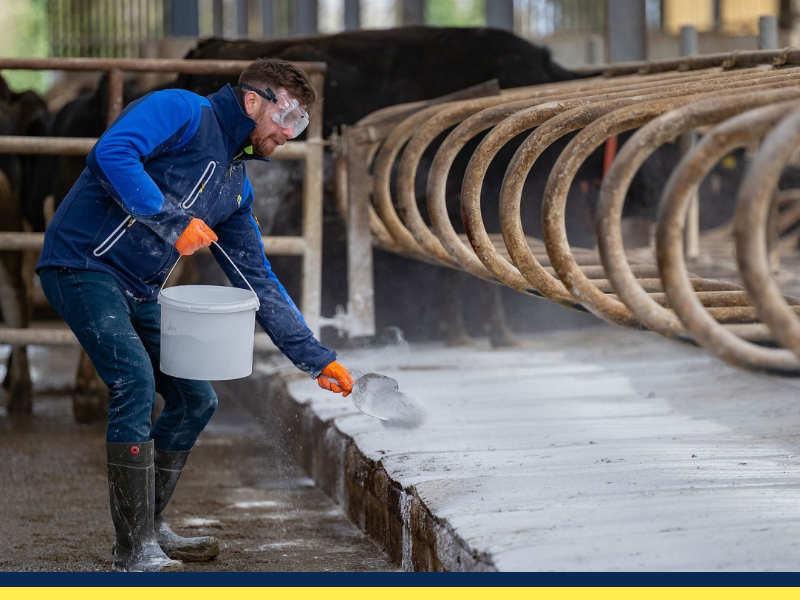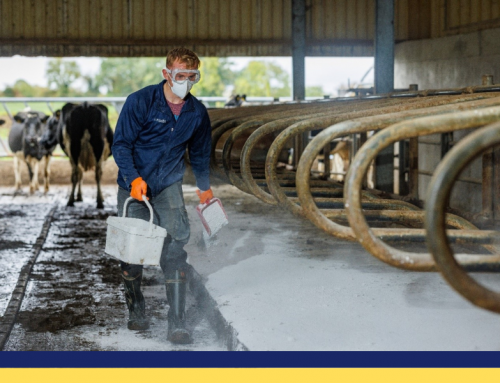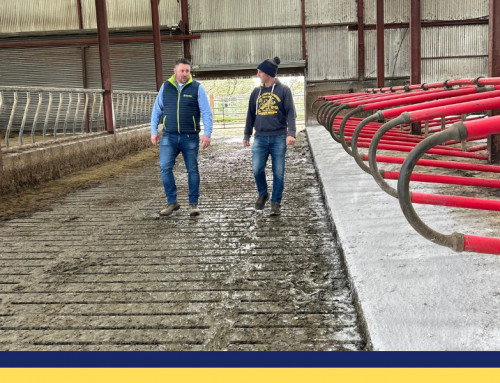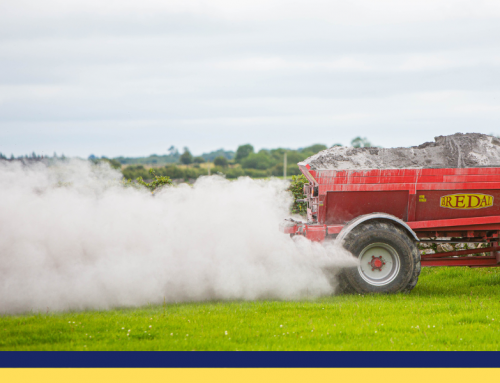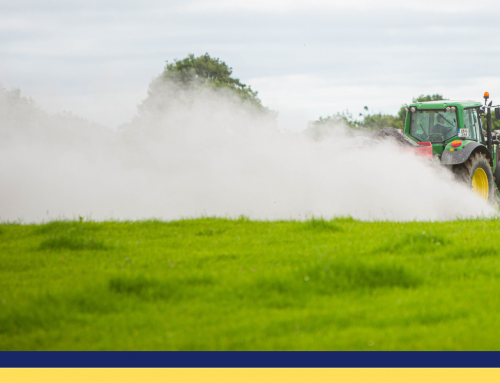We regularly receive queries from customers regarding best practices for lime application. To assist with this, we have put together a list of our most frequently asked questions and answers. Check them out below!
How do I use cubicle lime?
- The self-weight of lime causes it to compact over time. This product should be applied in a light and aerated state. To make the lime light before use – stir, agitate and aerate the amount of lime needed before use.
- Cubicle beds should be cleaned and limed twice a day and passages should be scraped at least four times a day or as often as necessary to keep clean.
- Directly apply cubicle lime as needed onto clean cubicles.
- Wear protective gloves / eye protection / dust mask.
How much cubicle lime should I use?
- As a general guide, apply 300g – 500g per cubicle per day.
- In practice, usage rates vary widely across dairy farms.
- Keeping moisture off the cubicle mat is critical, so cubicle design and passage scraping impact how much lime you need to use.
Which strength hydrated lime blend should I use; 15%, 30% or 50 %
- The Bennettsbridge Limestone hydrated lime blends are a combination of hydrated lime (pH of 12.4) and powdered limestone (pH 8.4).
- The stronger the hydrated lime blend, the longer it will sustain pH levels of treated areas for lasting animal protection. Keeping moisture off the cubicle mat is critical, therefore cubicle design and passage scraping will play a big role.
- Factors to consider are, how often you lime the cubicles, how much cubicle lime you apply each time, how well designed your cubicles are to keep faeces off etc.
- Manual handling can also influence your decision. Hydrated lime is lighter than powdered limestone so it takes less effort to apply the stronger blends, if using a bucket and scoop.
- Cows teats can be sensitive to the hydrated lime so a cautious approach to introducing the stronger hydrated lime blends is recommended.
Health & Safety
Any type of cubicle lime can be damaging to your health, therefore it is essential to follow the below guidelines:
- Wear a pair of safety goggles and a face mask when spreading it to avoid lime getting into your eyes and inhaling it.
- Milking gloves will protect your hands and help avoid the lime coming into contact with your skin.
- Use a scoop or a handheld sieve to lime the cubicles.
Is cubicle lime suitable as animal feed lime?
- Hydrated lime blends are not suitable as animal feed.
- Bennettsbridge Limestone’s Regular Cubicle Lime does not contain hydrated lime and is certified for animal feed lime, which may be incorporated into cows’ diet. Consult your animal nutritionists for dosage advise.
Cubicle design
- The design of the cubicle can also make a big difference when it comes to hygiene. The brisket board should be on, or just above the mat to stop the cow from lying too far up the cubicle and to keep her rear end just off the back of the mat.
Cubicle lime as a source of agri lime
- Due to how finely ground it is, 1 ton of cubicle lime is equivalent to 2 ton of quarry agri lime, meaning for every bag of cubicle lime you use, you recover c. €50 as agri lime through your slurry.
- Unlike many limestone products, our Cubicle Lime Range has no sediment build up in tanks.
Like us on Facebook
Follow us on Twitter

